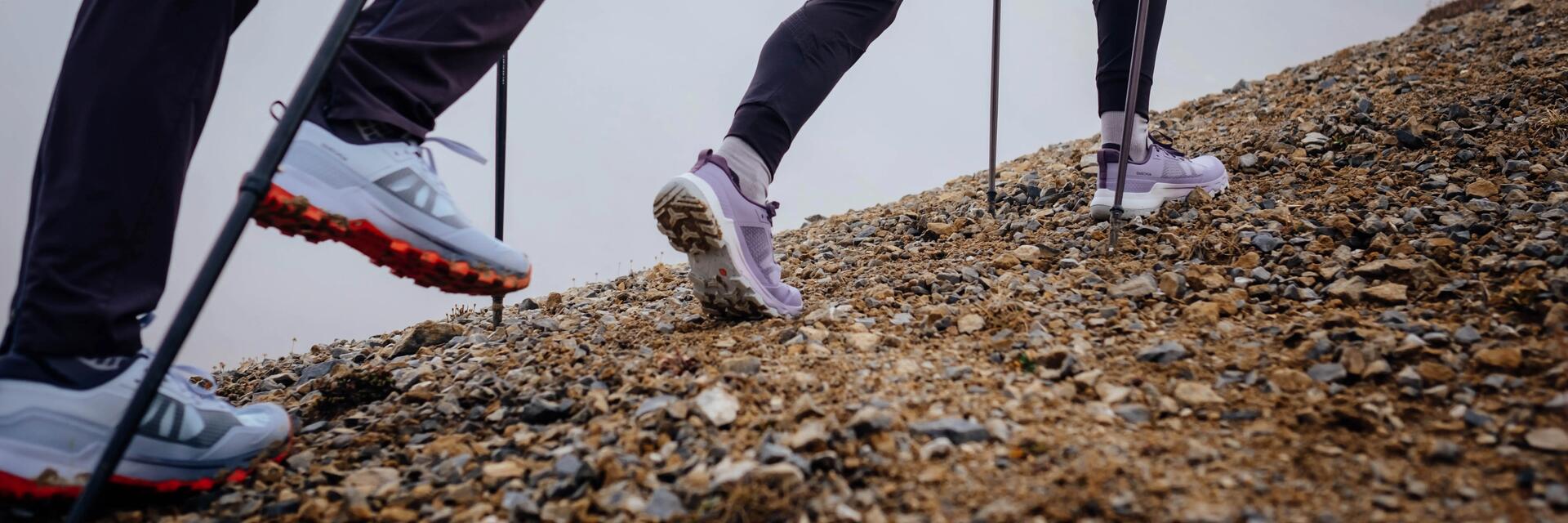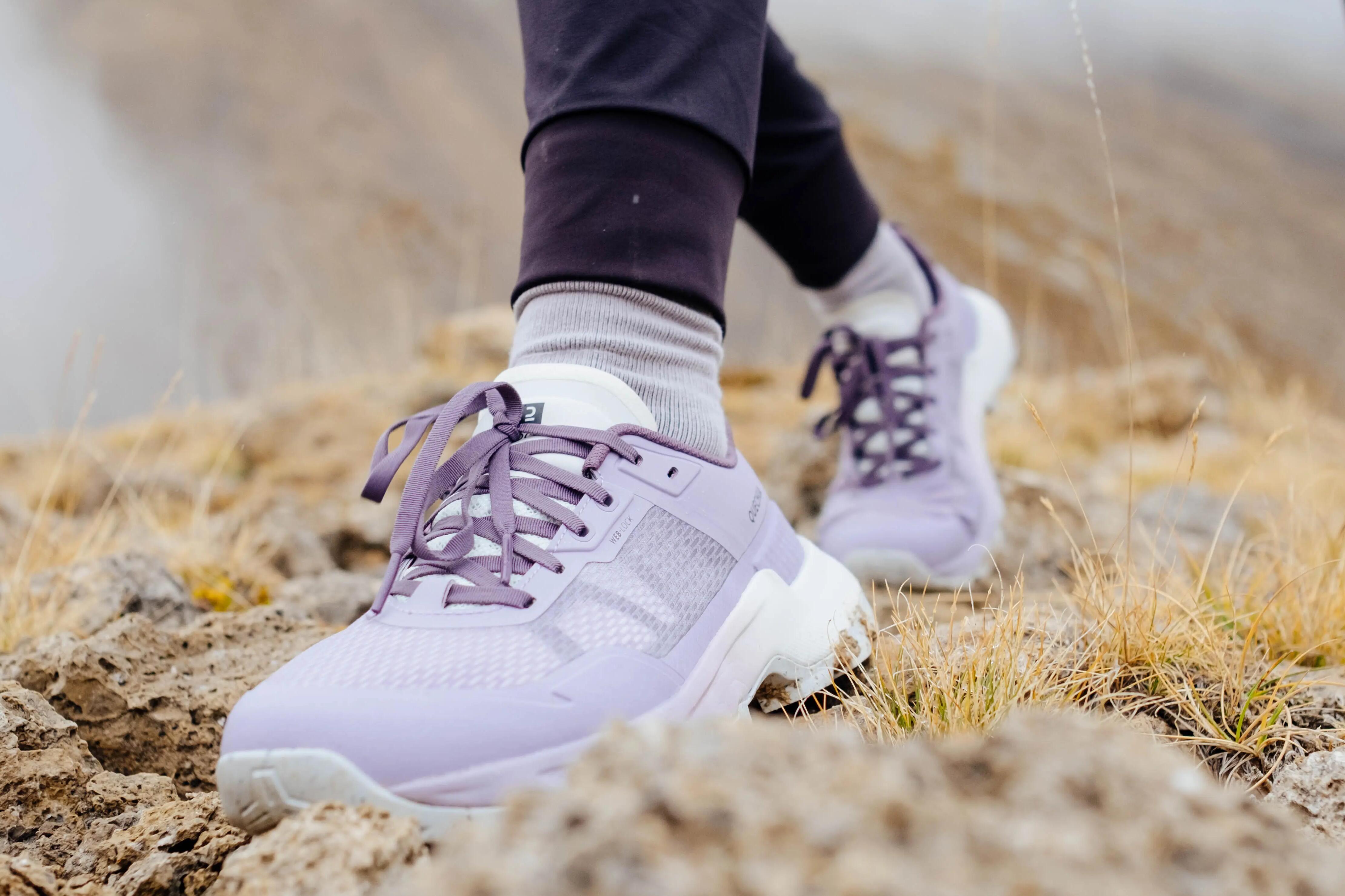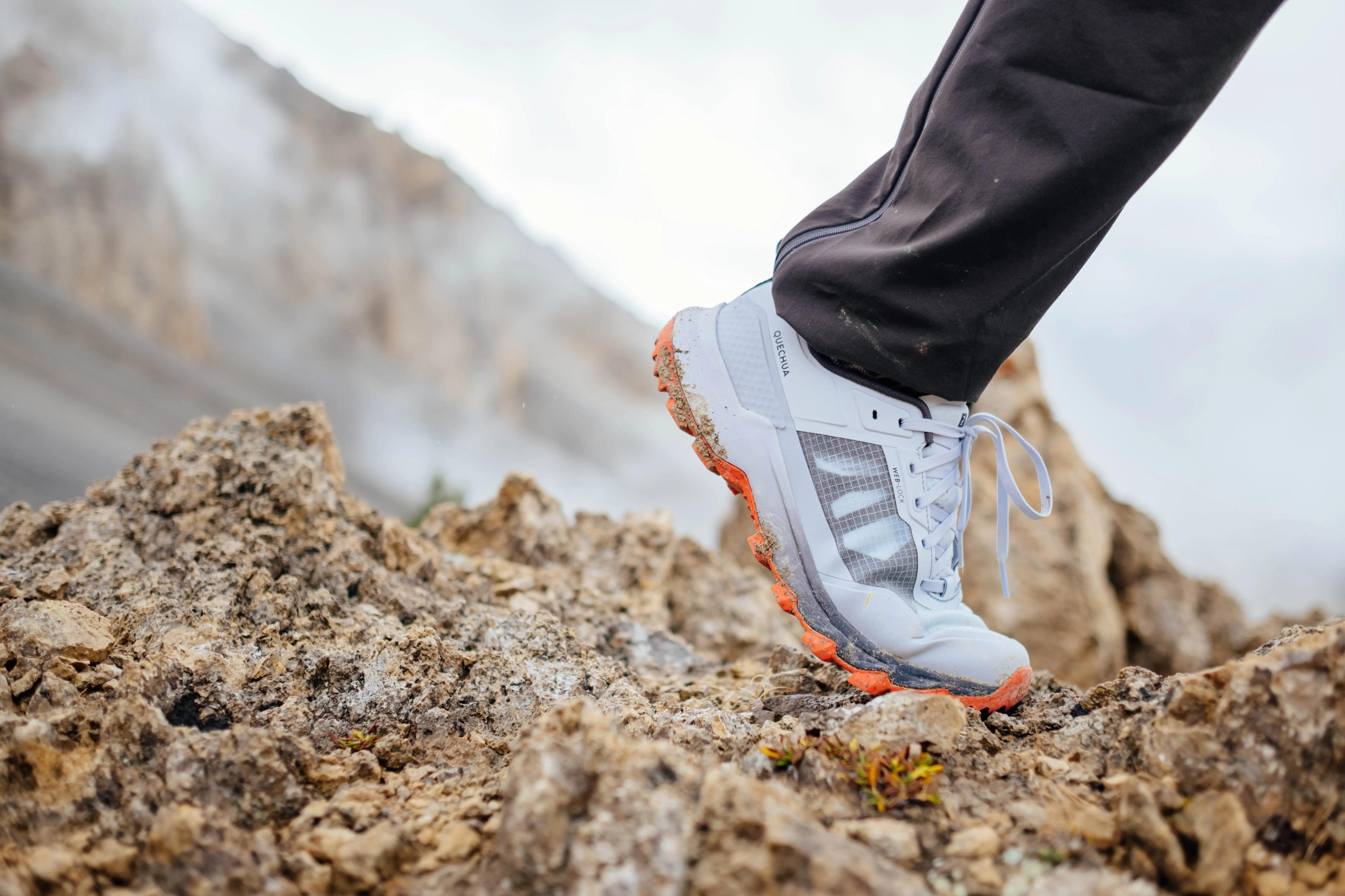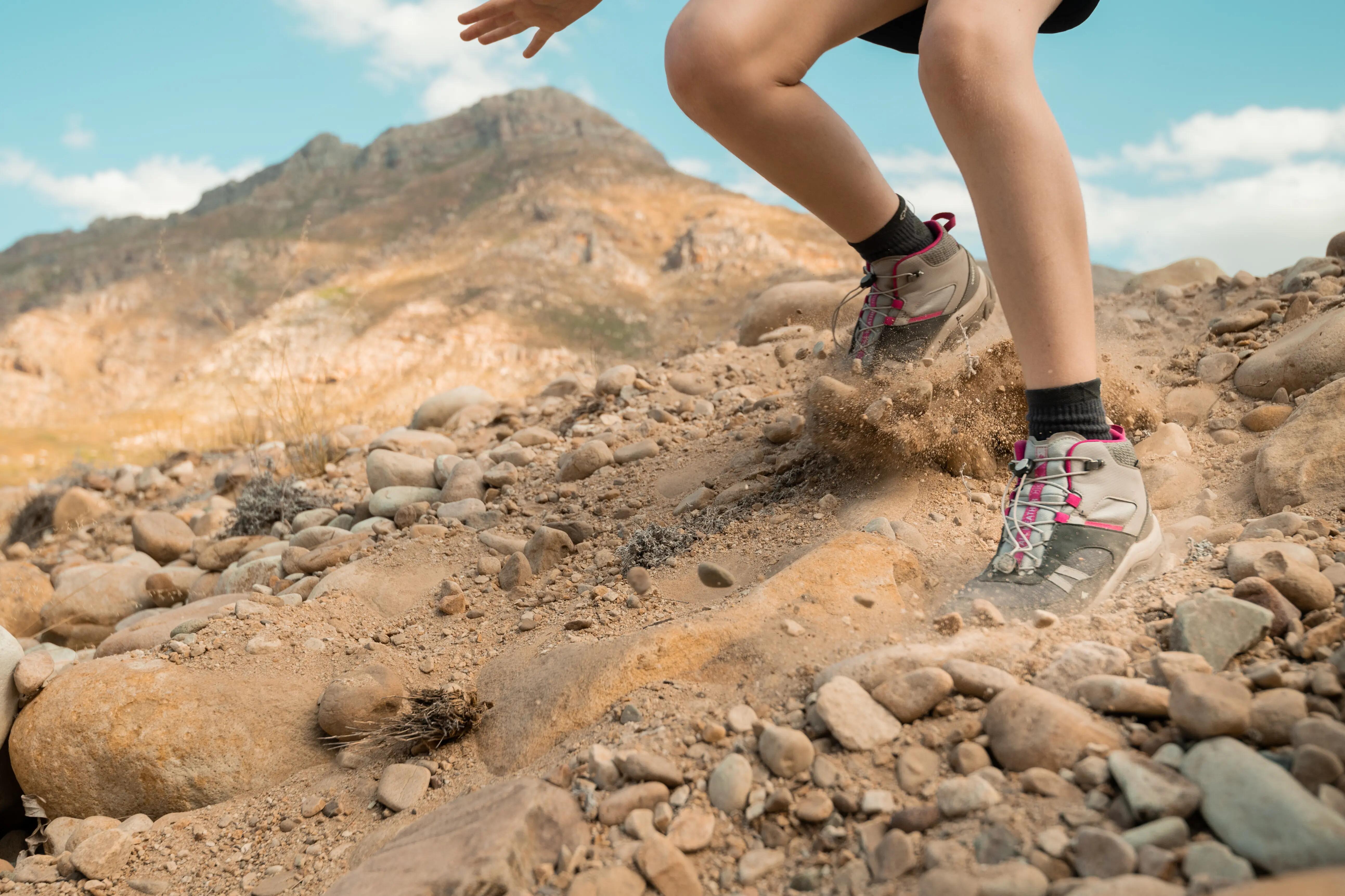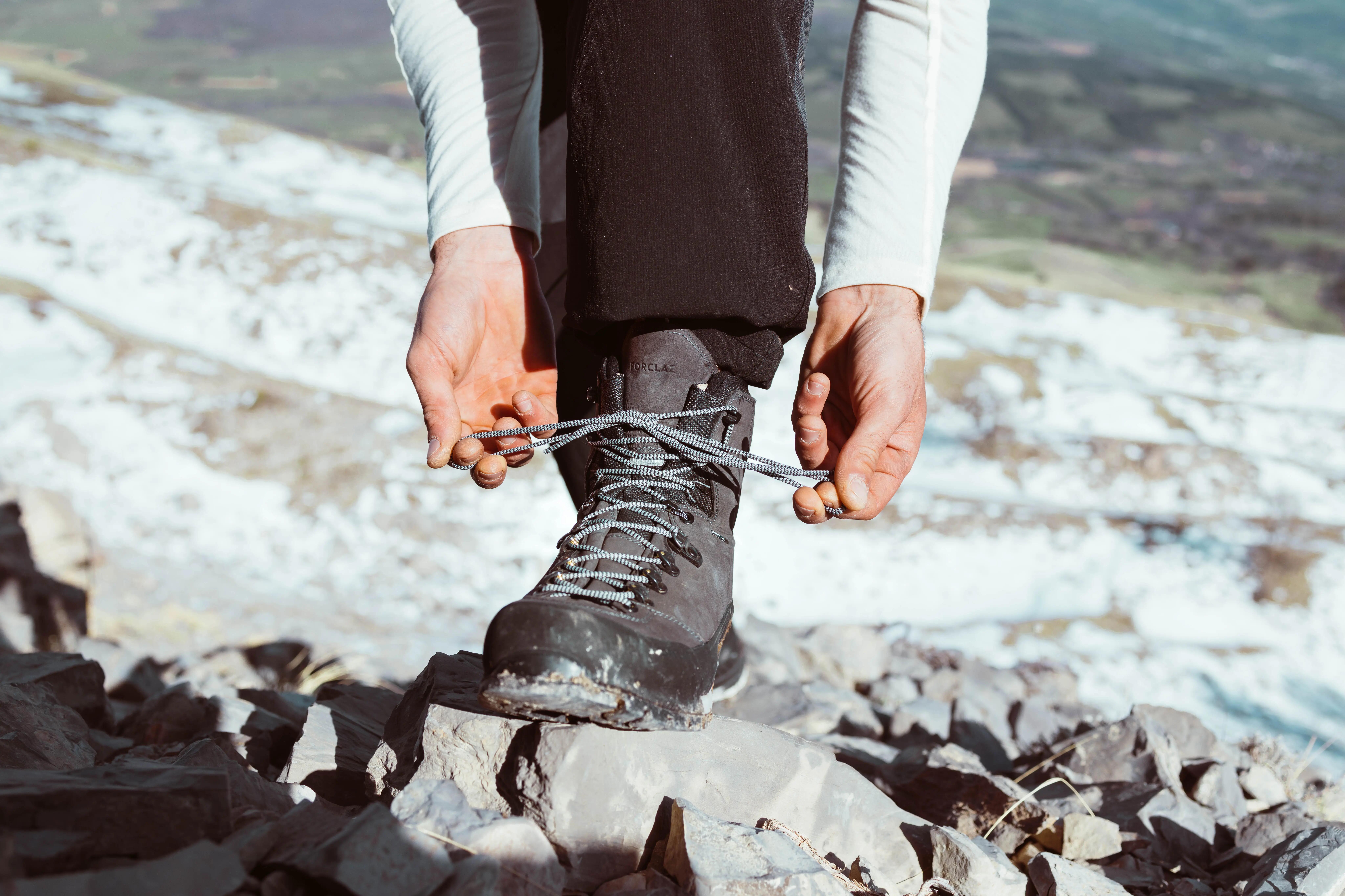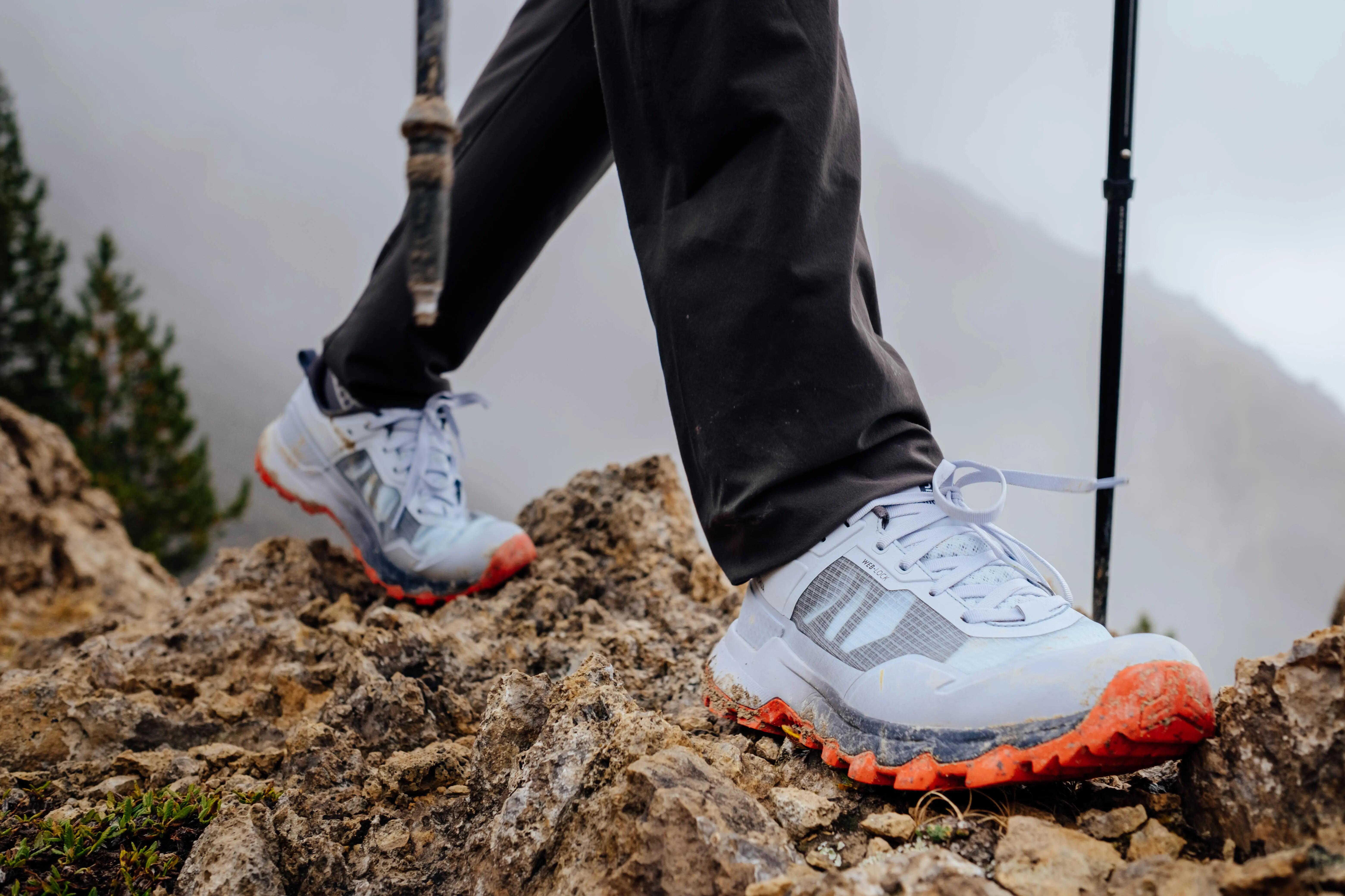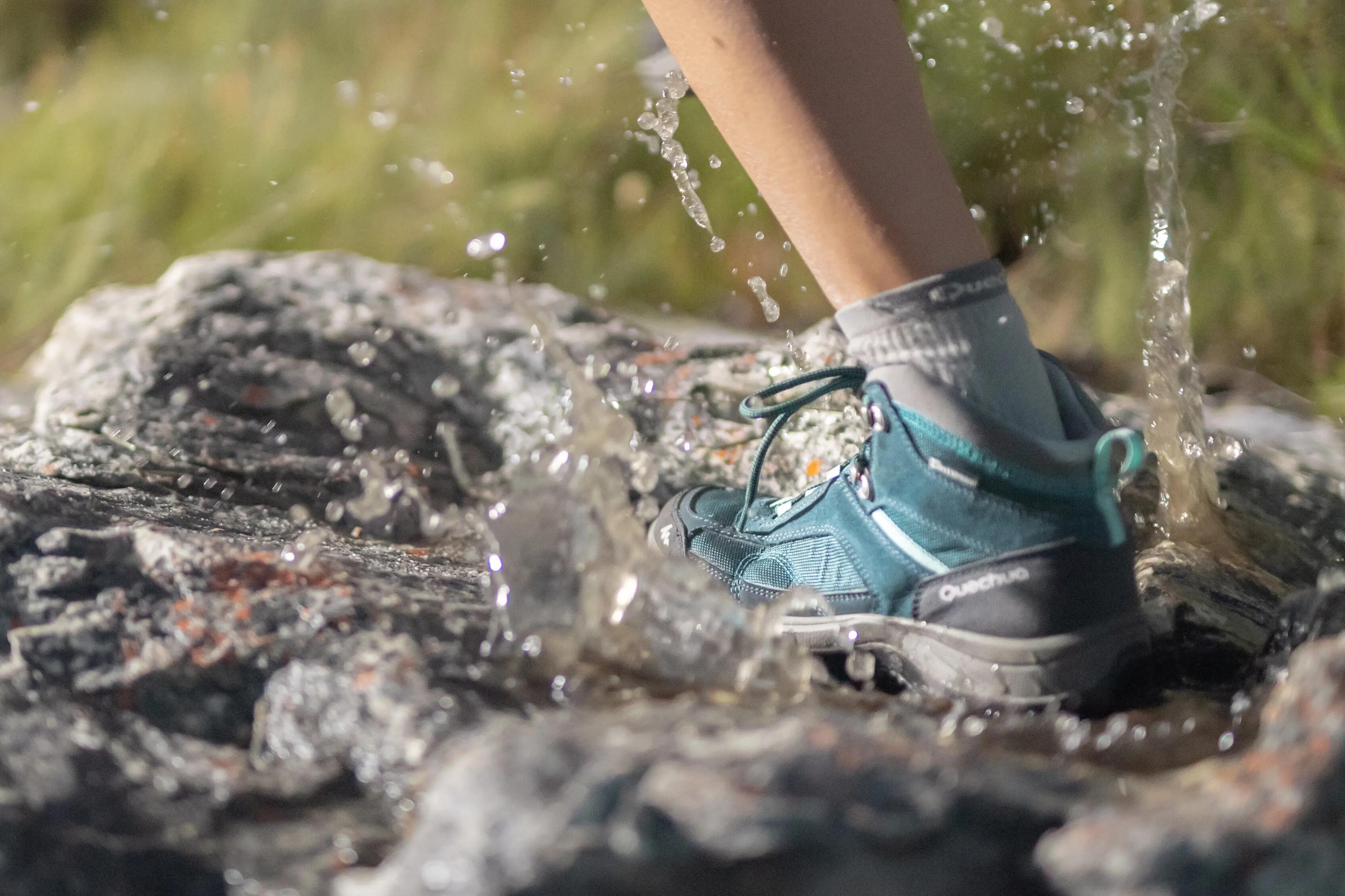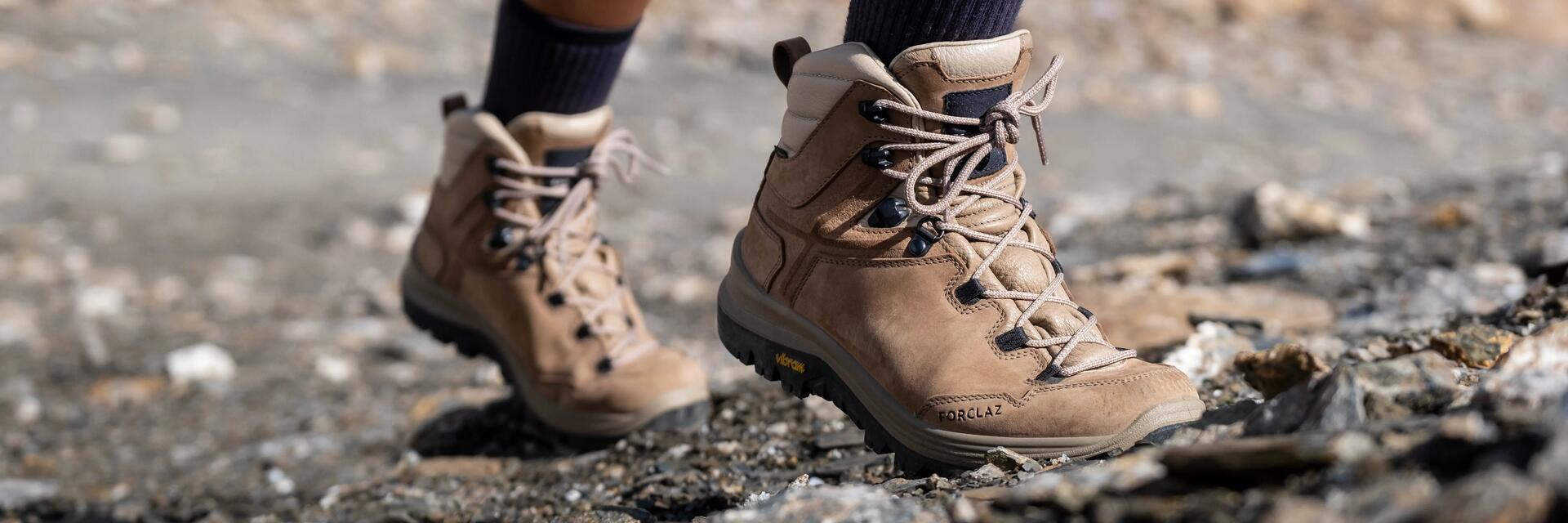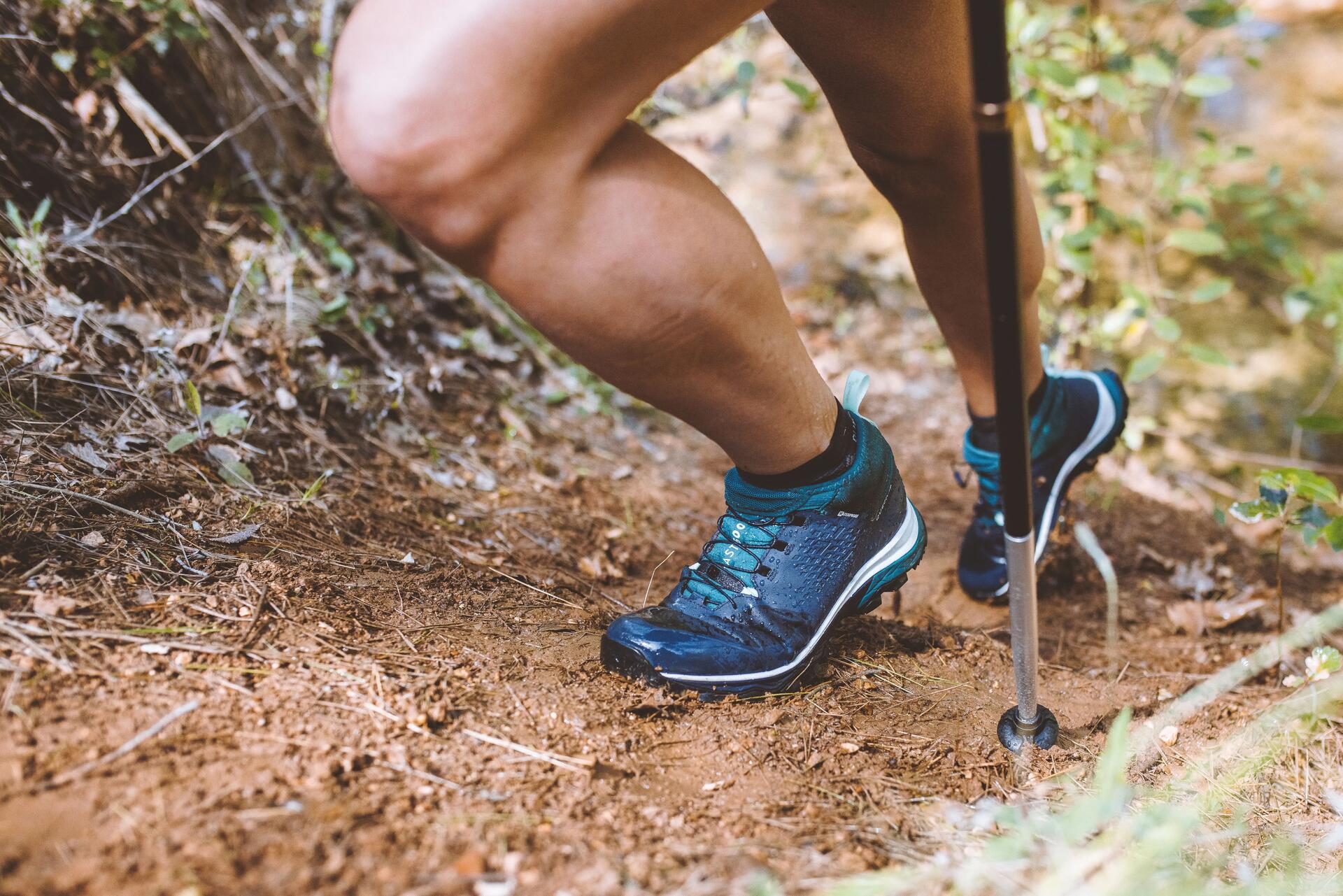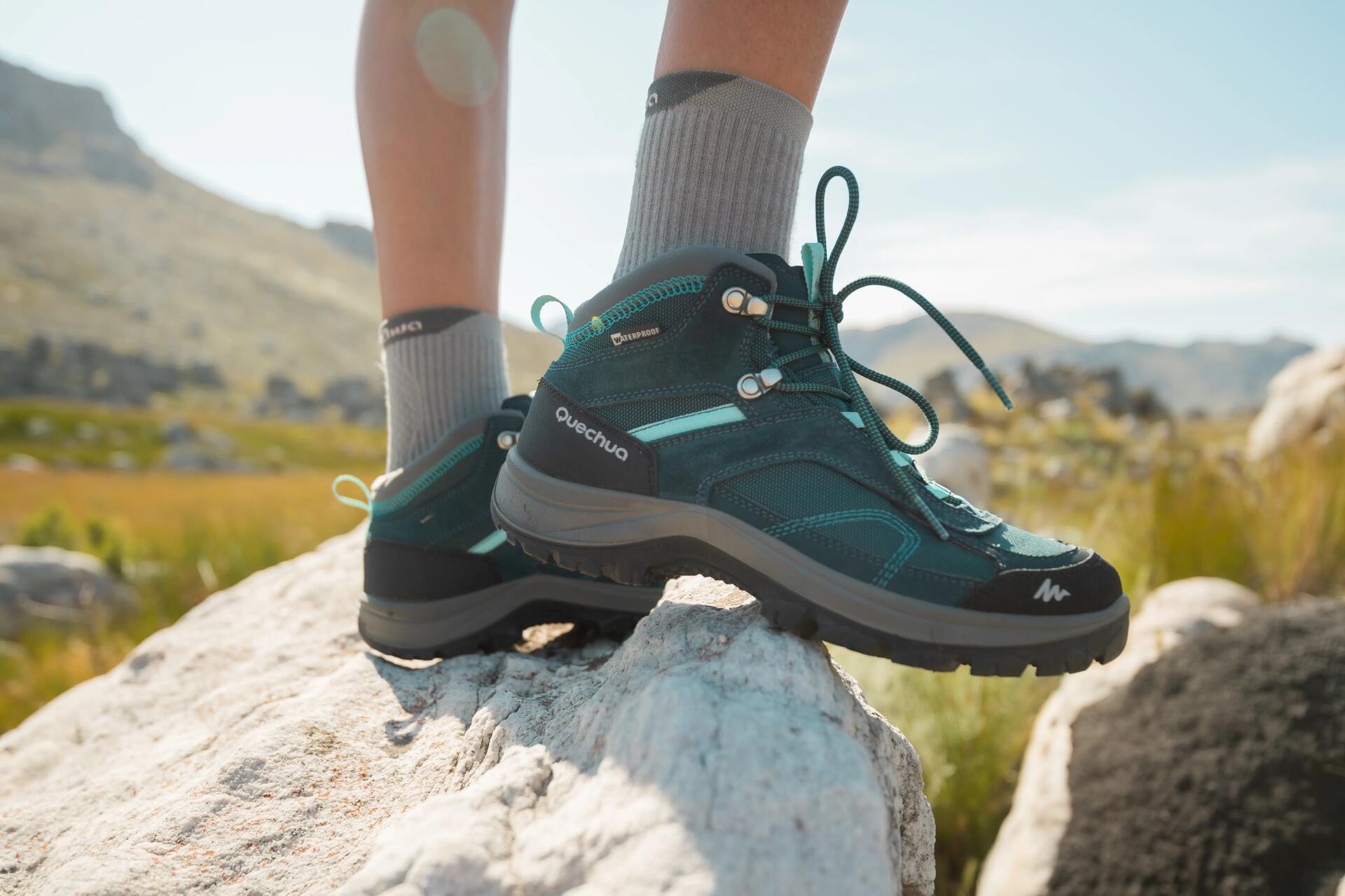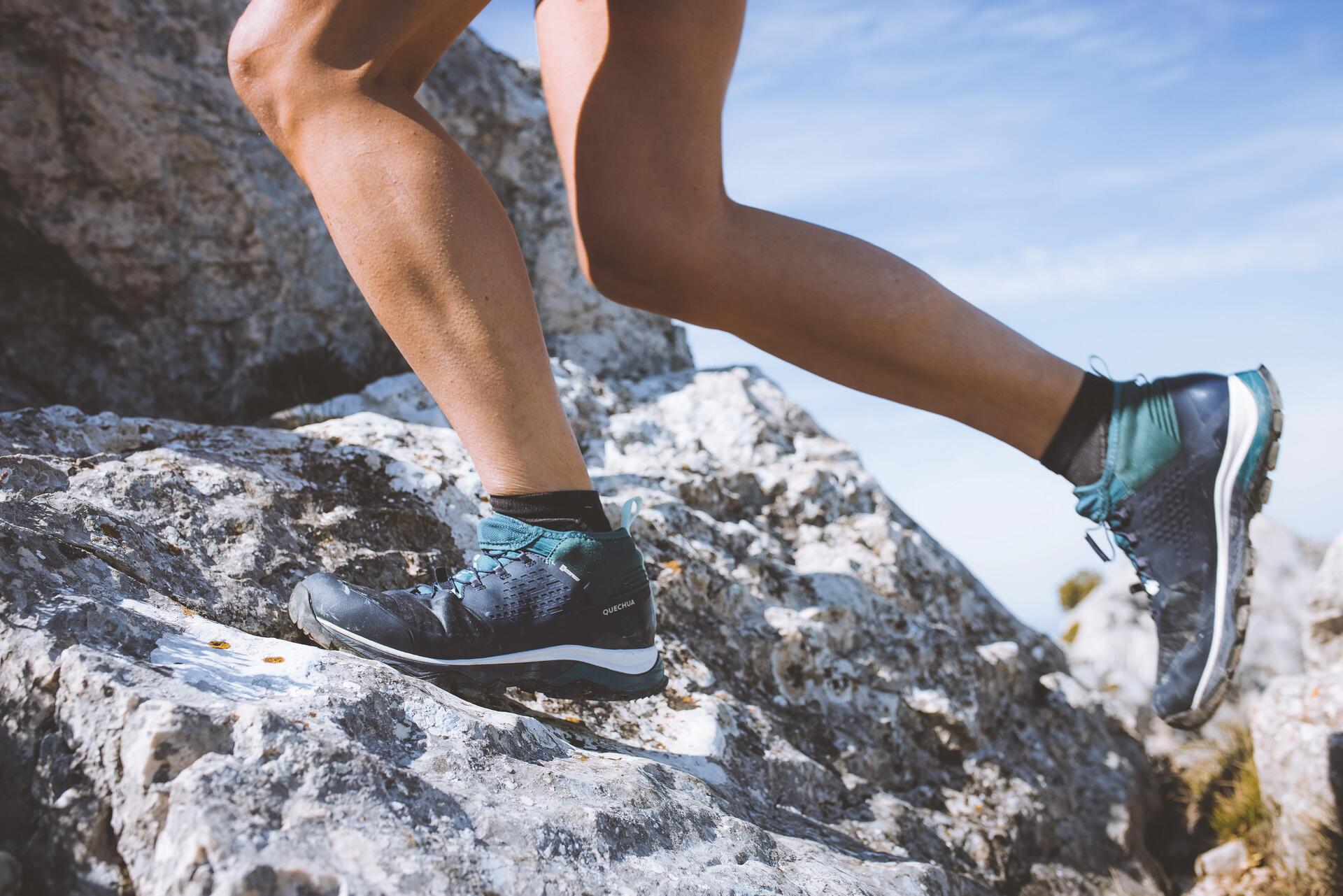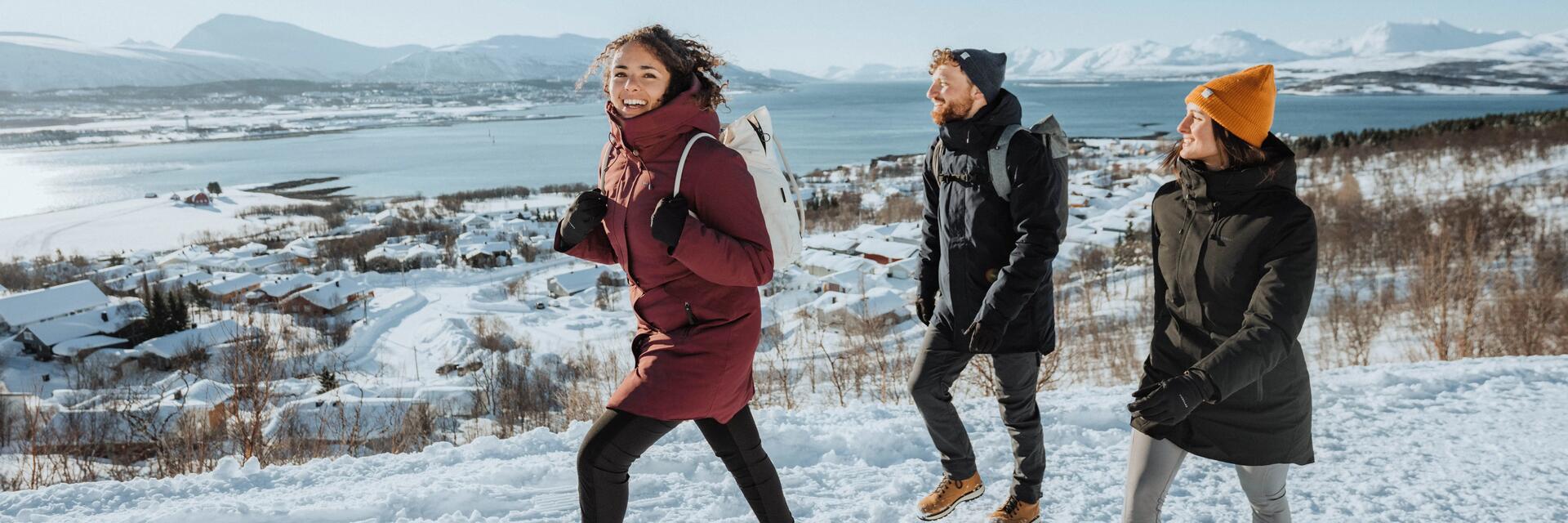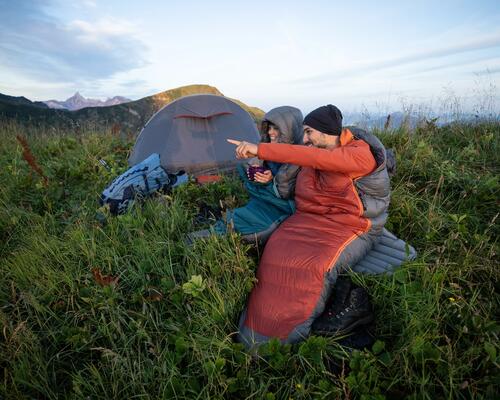What makes your feet sensitive?
Before discussing key criteria when choosing hiking shoes for sensitive feet, it's important to understand the reason for this sensitivity.
And there may be several reasons: specific morphology, health problems, a deformity etc. The most common problems include: bunions, wide feet and plantar fasciitis.
Problems like diabetes, problems with blood circulation or misaligned feet can also make your feet more sensitive. Wearing inappropriate shoes can exacerbate this sensitivity. If your shoes are too tight, too big or don't support your arch properly, over time, they can cause discomfort and pain.
If there's no identifiable problem or particular reason why your feet are sensitive, then we recommend that you go to see a podiatrist or your GP.

